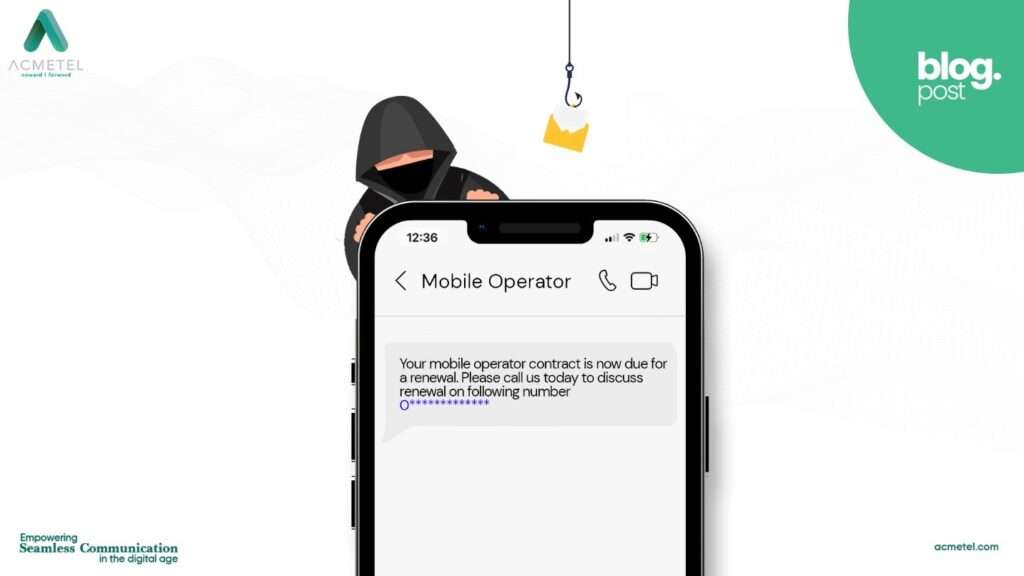SMS Spoofing is a deceptive tactic used by individuals or organizations to manipulate the information in SMS messages, making it appear as if the message is coming from a different source than it is. In simpler terms, it involves faking the sender’s information by illegally sending messages through a roaming customer.
How Does SMS Spoofing Work?

- Deceiving Lead Generation:
This method involves pretending to be a trustworthy mobile operator or company to check if a mobile number is active or to gather potential customers. For example, someone posing as a reputable mobile operator may contact customers to verify contract renewals. - Exploiting Two-Way SMS:
Rogue actors use a short code with a two-way reply path, allowing them to receive responses meant for legitimate businesses. However, instead of forwarding the replies to the intended company, they redirect them to a malicious third party. - Impersonation:
By sending unwanted messages while pretending to be someone else, individuals deceive recipients into believing the SMS messages come from a different entity. - SMS Phishing:
This tactic involves tricking mobile subscribers with fraudulent SMS messages that prompt them to share sensitive personal and confidential financial information. The ultimate goal is to steal money and sensitive data from unsuspecting recipients.
Example:

Acmetel’s Resilient Defense Against SMS Spoofing
Acmetel’s robust SMS firewall sets the unrivalled standard in combatting SMS Spoofing with unparalleled effectiveness. Our solution establishes an exceptionally secure communication environment for aggregators and businesses through meticulous sender ID validation and innovative anti-spoofing technologies.








